-
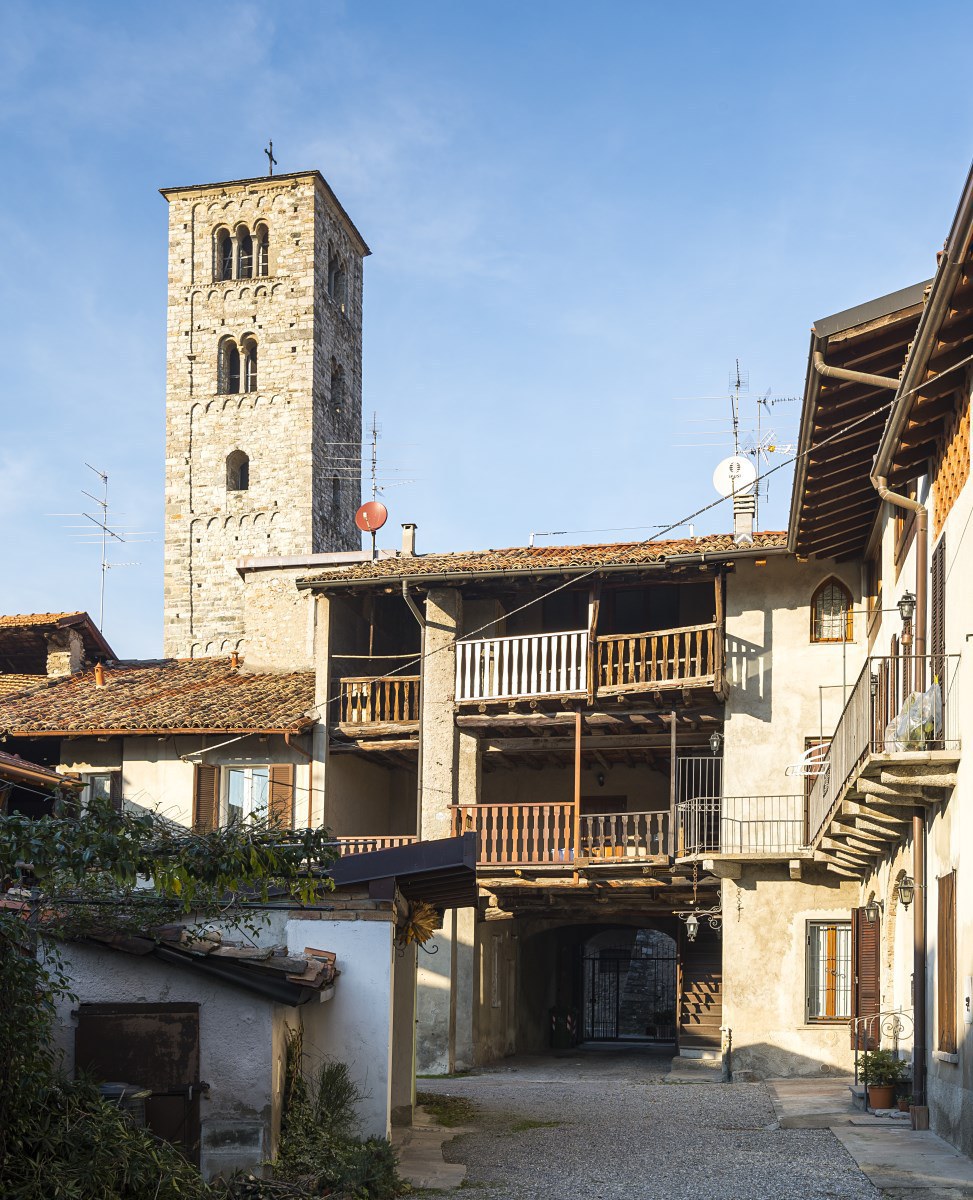
Sant’Eufemia -
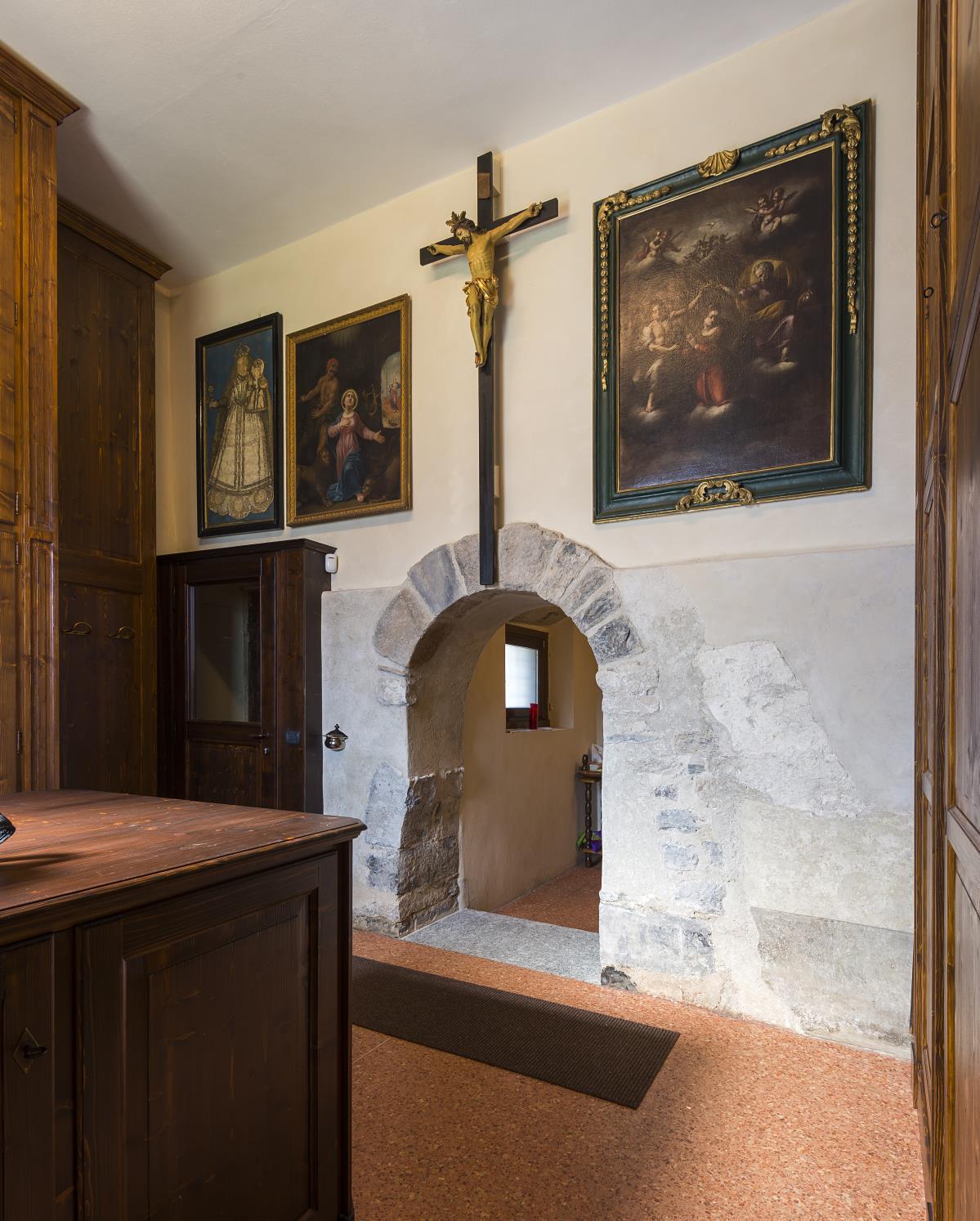
Sant’Eufemia -
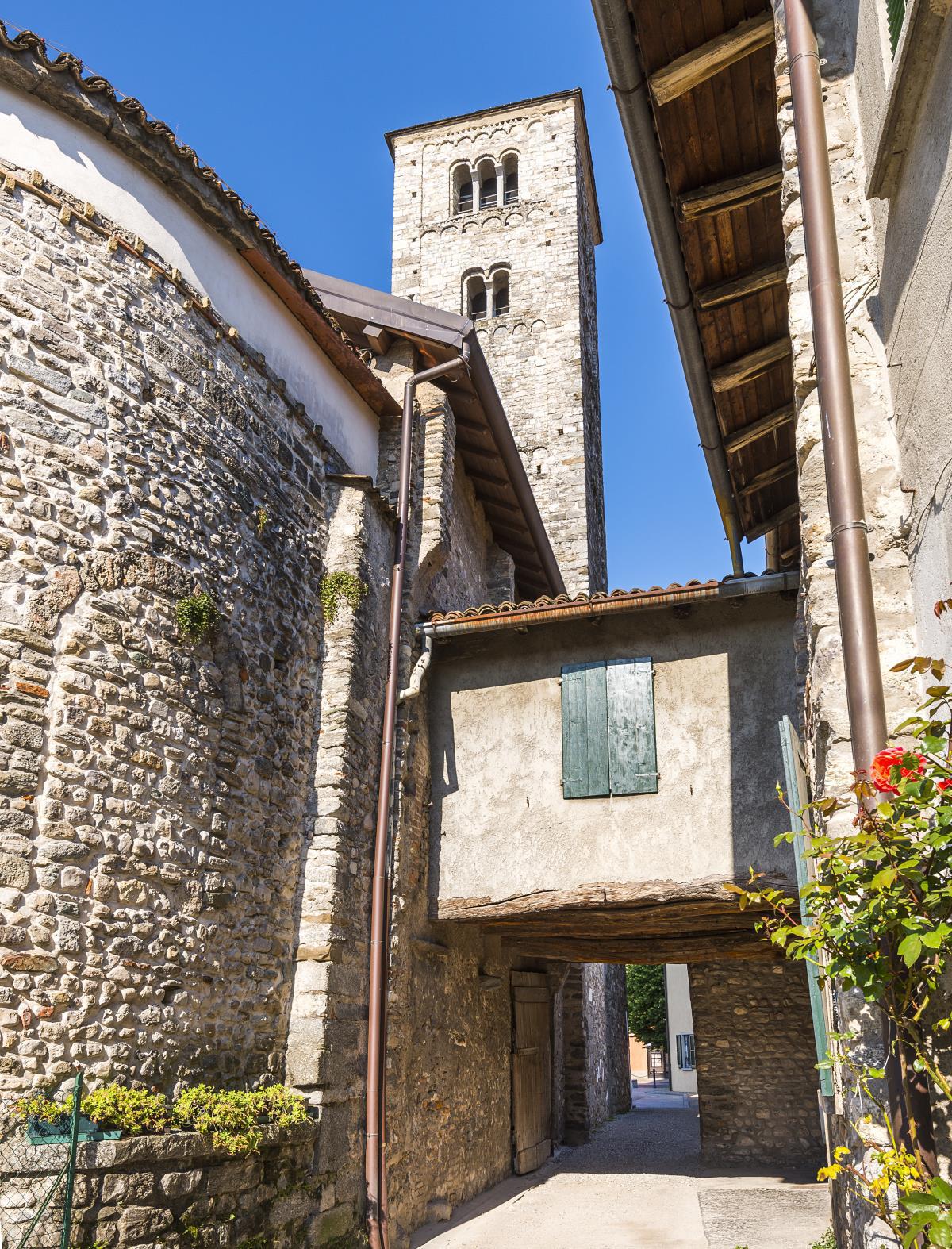
Sant’Eufemia -
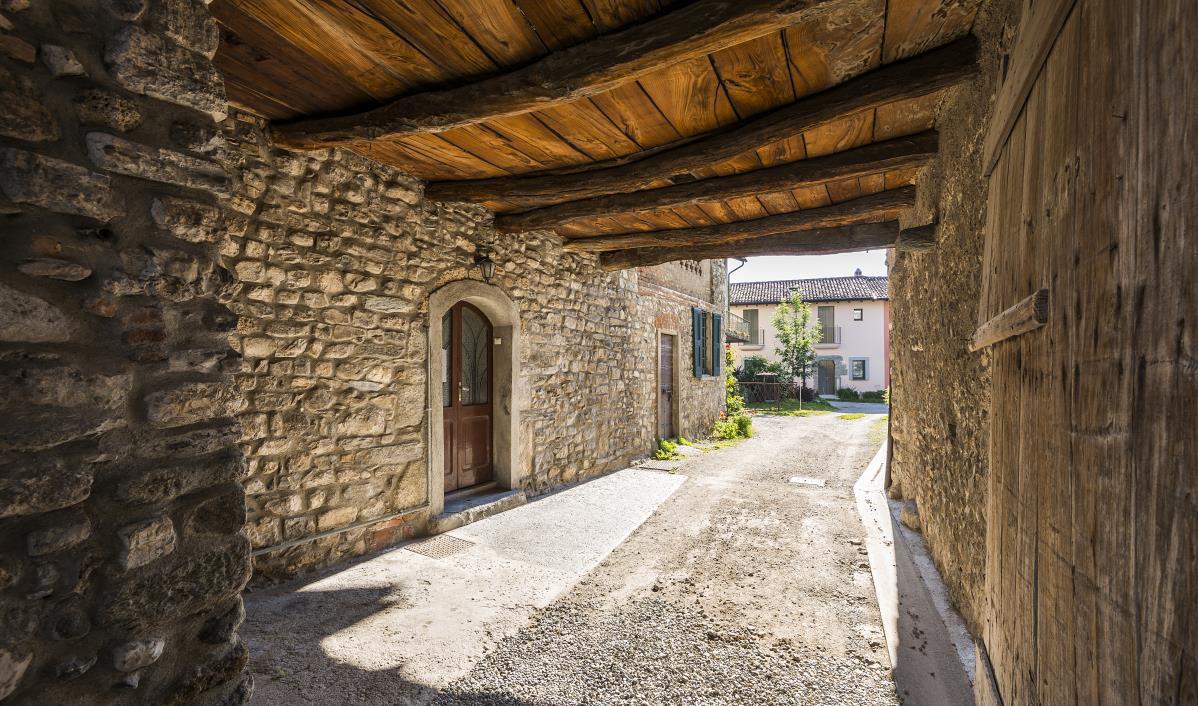
Sant’Eufemia -

Sant’Eufemia -
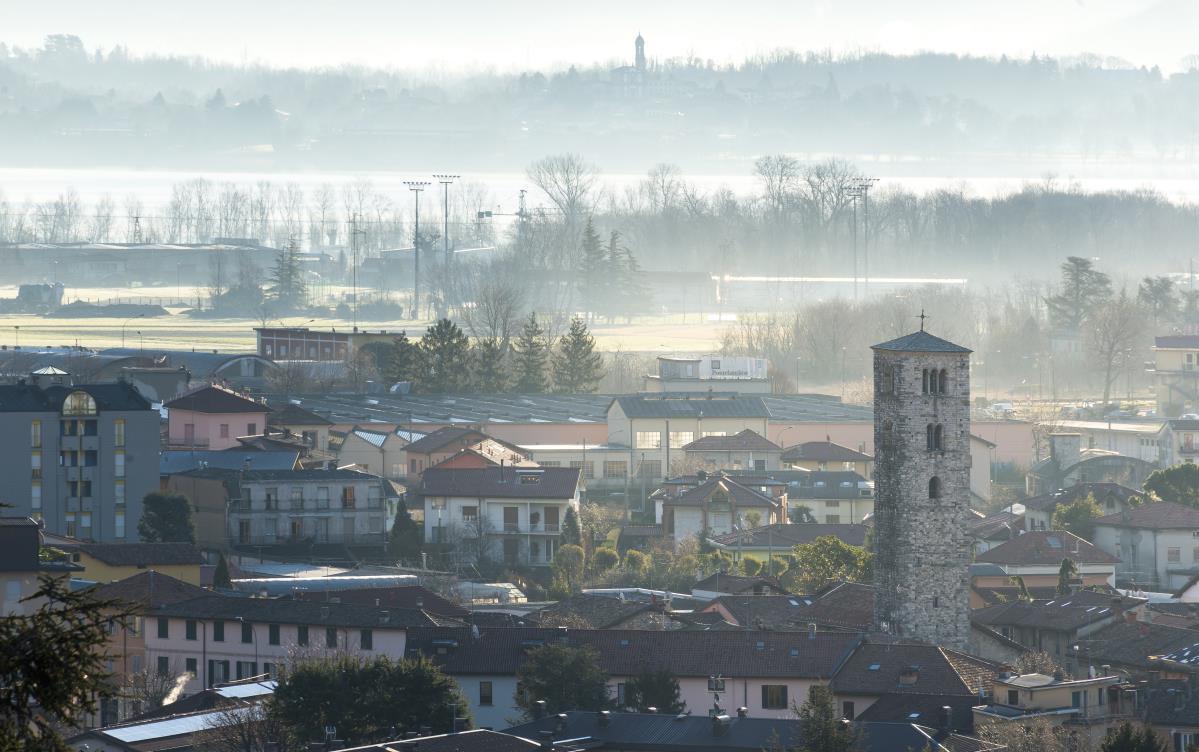
Sant’Eufemia -
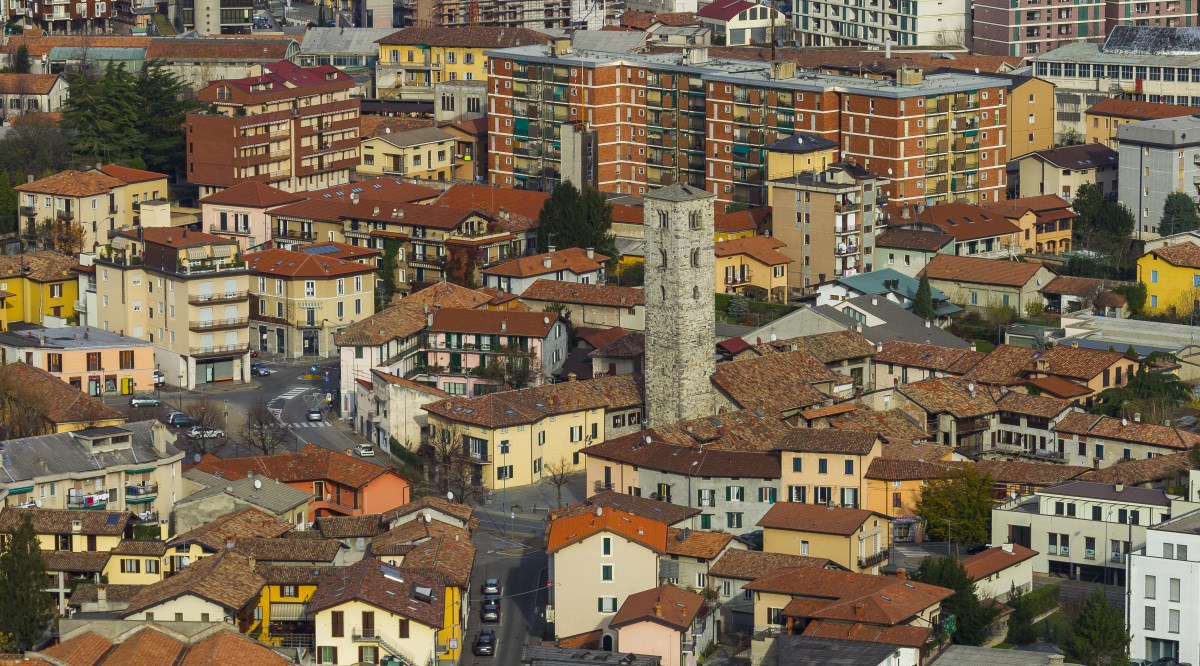
Sant’Eufemia -
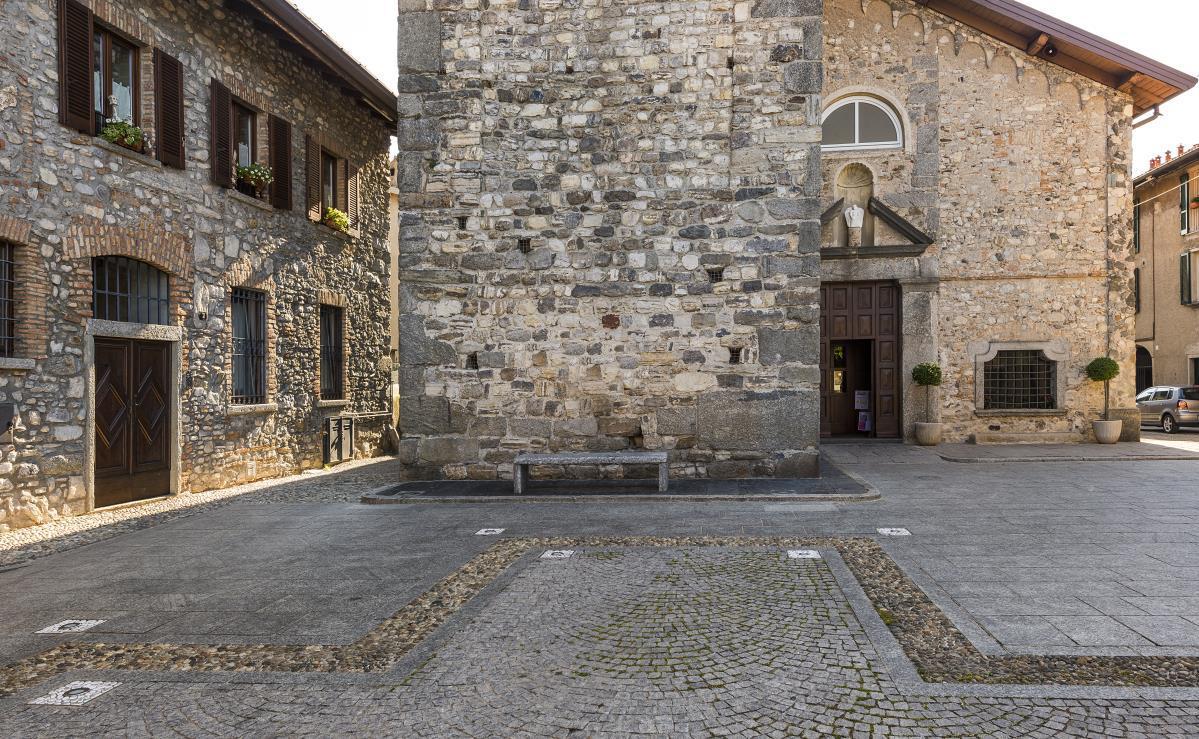
Sant’Eufemia -
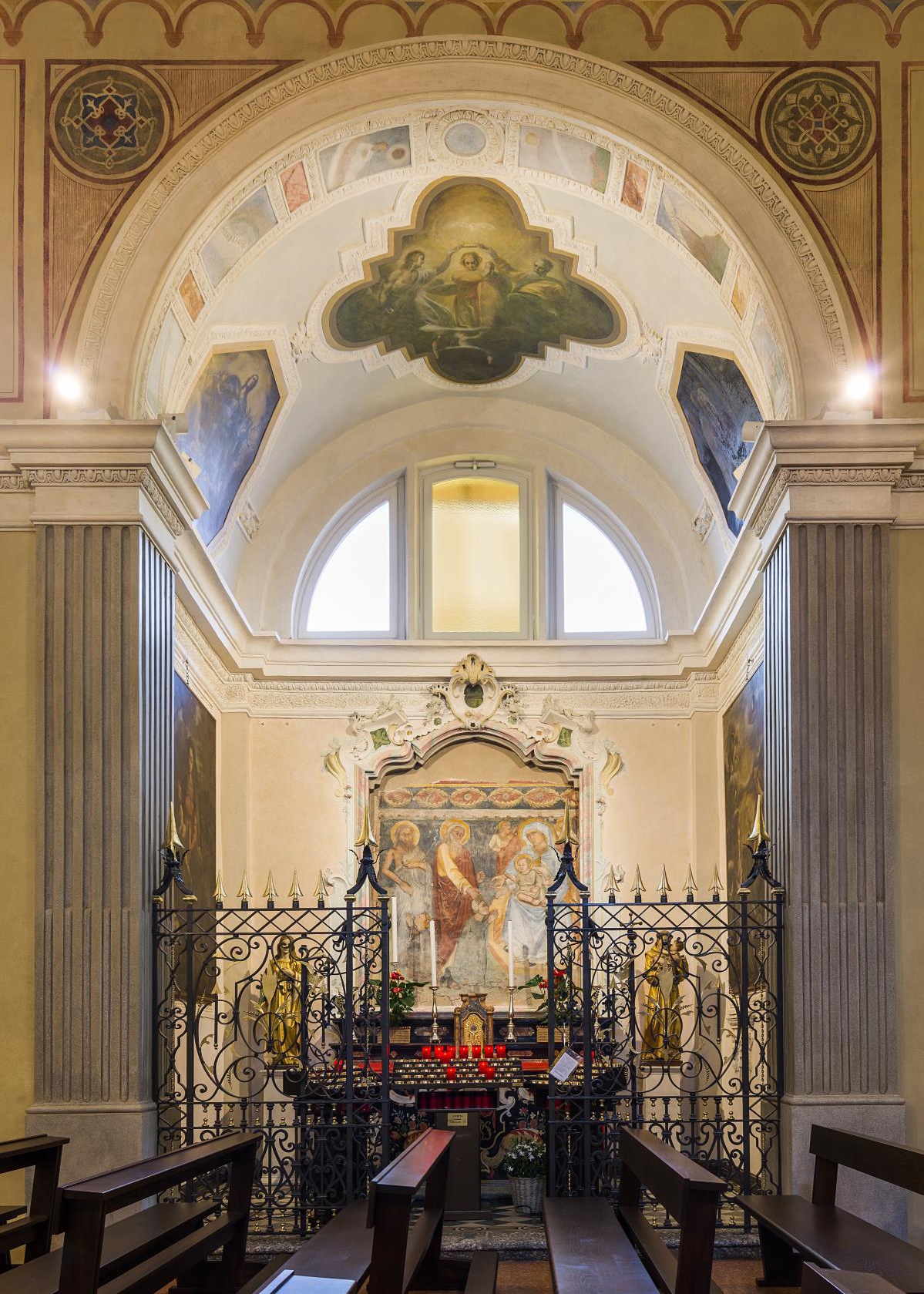
Sant’Eufemia
Sant’Eufemia Erba Like
Sant’Eufemia: Description
The bishop of Como Agrippino played a particularly active role in the spread of tricapitolino and the dedication of the church of Erba is traced back to this period and these events together with other dedications of the basilica of St. Eufemia in Grado, the church of Santa Eufemia Como (now the church of San Fedele), the basilica of St. Euphemia on the island Comacina, one of Oggiono, Teglio and that of the Castle of Musso.
It is likely that, given the presence of older structures, the churches of Como, and the Island of Incino worship is older and goes back directly to SANT'ABBONDIO that the Council of Chalcedon had a crucial role.
The original construction of the church dates back to the mid-fifth century. In the following centuries it has undergone several expansions and renovations, especially the interior, the latest being in 1574.
The building with masonry pilasters, is rectangular with a single nave with an apse ceiling trusses. The semicircular apse is the oldest part of the church, in its outer wall are still discernible the old windows of the early Christian era closed in at a later date. The building initially with the rearmost front was extended in the sixteenth century in the front.
The campaign of archaeological excavations conducted in 1994 has witnessed the recovery of the old system of early medieval baptistery dedicated to Saint John the Baptist, as documented by historical sources. The baptistery stood in front of the church, with a square apse added to the east later and center the circular baptismal font, built over another older form.
The imposing bell tower 32.7 meters covering a large part of the entrance façade, was built in the eleventh century with commitment of materials taken from Roman times and has three overlapping orders of single-light, mullioned windows with columns variously ornate and initially was detached from the construction of the church. In medieval times it doubled as a watchtower and defense over the whole parish. At the same time it was built it was also excavated the crypt three apses that was placed under the church. The crypt and baptistery unsafe were demolished in the sixteenth century with the loss of dignity that provost passed in favor of the church of Santa Maria Rising in downtown Erba.
The most notable work of great artistic value is a large wooden crucifix from the XVI century with painted figure of Christ, done in Giotto's style. In the boxes, placed in the four end points of the Cross and came to light only during the restoration of 1983, are portrayed: left Our Lady of Sorrows, dressed in black, on the right St. John, in high Christ the Redeemer pointing with his right hand SS Trinity and with his left hand holding the world in the cup bottom picker blood of Christ.
The ancient plebeian of St. Euphemia of Incino, on the occasion of the Jubilee of 2000, at the behest of Archbishop Carlo Maria Martini, was listed among the 23 jubilee churches of the Archdiocese of Milan.
More to Explore.
Lake Como's rich history of church building goes back many centuries. Their storied past includes miracles, political intrigue and competition for parishioner loyalty.